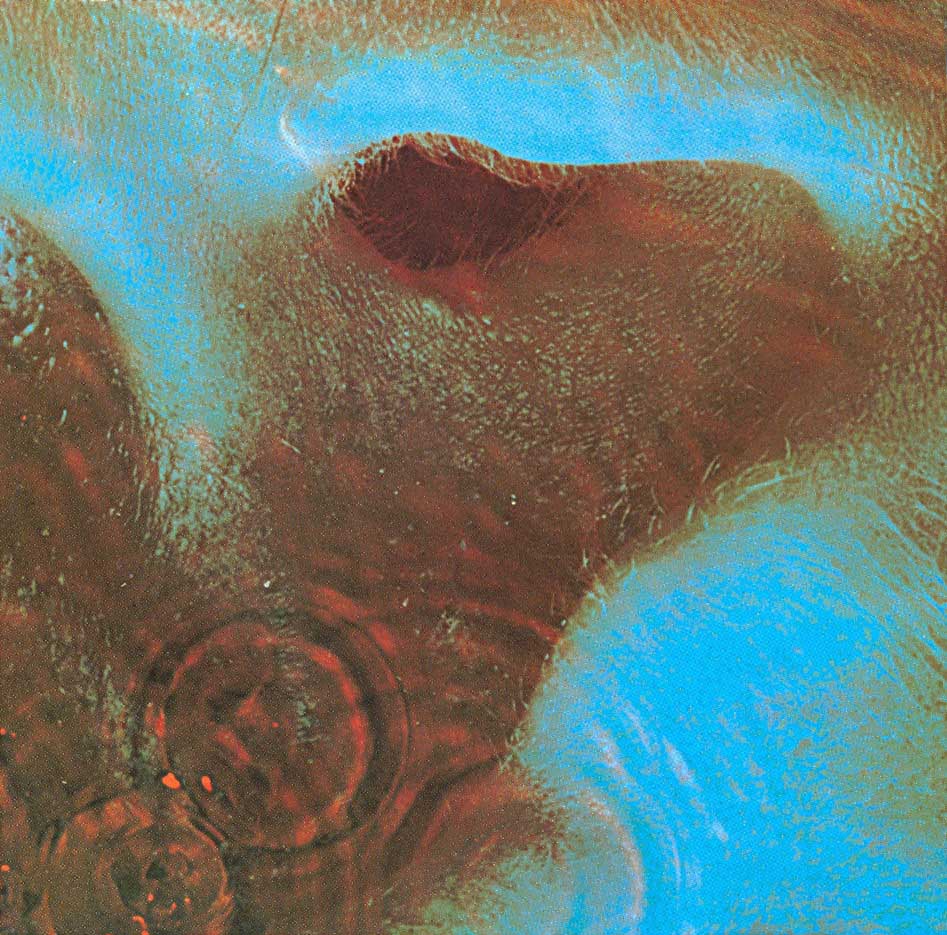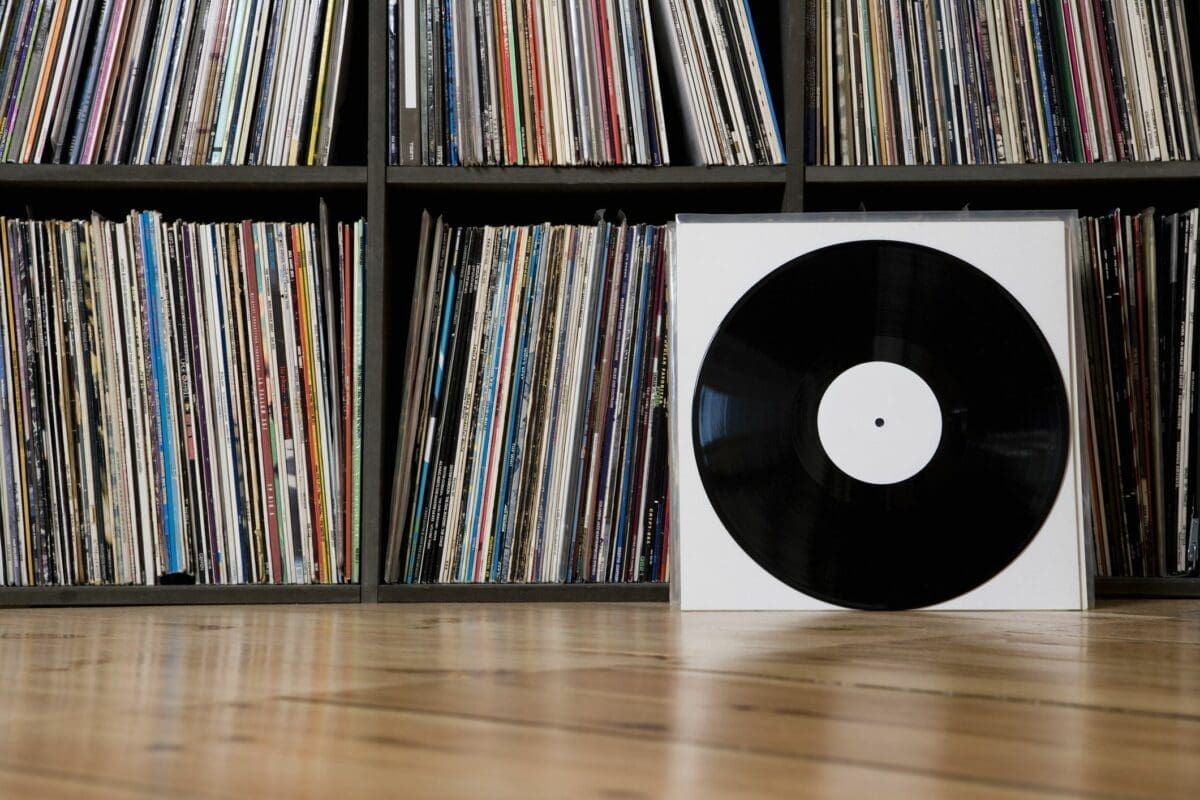
What Does LP Stand For?
if you are wondering what does LP stand for, the LP is known as the Long Play record. It is a format of music storage that has been around for nearly a century. It was first introduced in 1948 by Columbia Records. You could store more music on one disc than the 78 rpm records that were popular at the time. The LP provided a much longer playing time, allowing for up to twenty minutes of music per side.
The LP was an instant success, and soon became the dominant format for music. It allowed record labels to release albums with multiple songs, rather than just a few singles. This gave artists the opportunity to create longer, more complex works of music. It allowed listeners to experience the full range of a band or artist’s work.
History of The LP

The LP also ushered in the era of the album cover. The album cover was a way to visually represent the music contained within the LP. It gave record labels the opportunity to create artwork that could be used to promote the music. Many iconic album covers from the 1960s and 70s were created specifically for the LP format.
The LP remained the dominant format for music until the 1980s when it was replaced by the compact disc. CDs had the advantage of being smaller and more durable, and they could store more music than an LP. Despite this, the LP never truly died, and it has seen a resurgence in recent years.
LPs Today
Today, the LP is still widely used by audiophiles and music fans. Those who prefer the warm, analog sound of the vinyl record. In fact, Vinyl has been making a huge and steady comeback. Certainly among DJs and music enthusiasts over the past few years. This resurgence in popularity can be attributed to a number of factors, including the resurgence of interest in vinyl as a medium for music and the nostalgia associated with it.
LPs make up the vast majority of collected music, and there has been a huge upsurge in releasing physical LPs as opposed to solely digital – and vinyl pressing companies reporting a massive increase in sales over the last decade. In particular, electronic genres like house, jungle, drum and bass and garage have seen a big return to vinyl pressing.

Free Music Distribution & Music Gateway
If you are interested in distributing your music for free and keep up to 100% of your sales royalties, then all you need to do is get in touch with Music Gateway. You can release your first LP for free. We help you release your music to over 300 DSPs including Spotify, Apple Music and Amazon Music. Please get in touch, we would love to hear from you.
Summary – What Does LP Stand For?
DJs and music enthusiasts are drawn to the unique sound that vinyl records can provide, as well as the tactile experience of playing a physical record. Furthermore, vinyl records can be seen as a more personal experience than digital music, as they require more effort to acquire, store, and play. As a result, vinyl records have become a popular choice among DJs and music enthusiasts, and the trend shows no signs of slowing down, with vinyl becoming increasingly popular among younger generations, who are discovering the LP as a way to experience music in a way that is different from digital streaming services.
No matter what format you prefer, the LP is an important part of music history. It was the format that allowed albums to become a part of popular culture, and it is still enjoyed by millions of people around the world.










